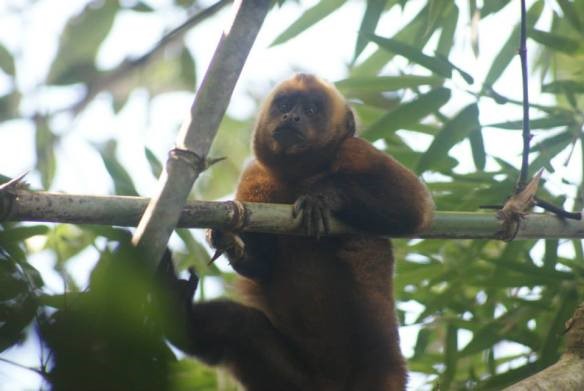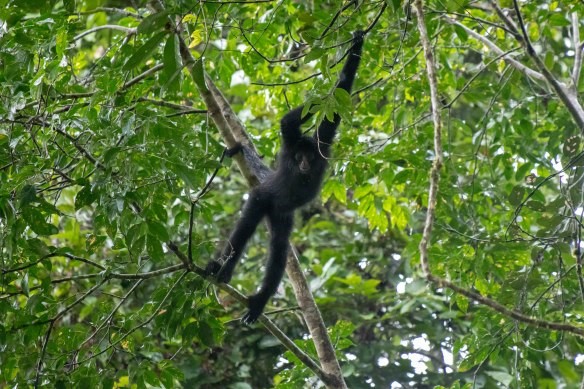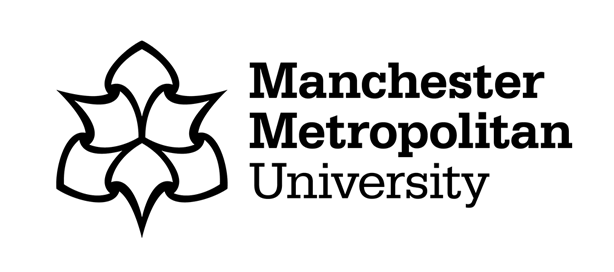
I started my PhD in Conservation Ecology at Manchester Met in October 2019 and planned to go to conduct fieldwork in Peru soon after, but COVID… Like many others, I have had to drastically change my trajectory, postponing my fieldwork by many months.
When I began my PhD (pre-COVID) I worked on campus a few days a week, where I enjoyed chatting (and commiserating) with my peers both academically and socially. I was frantically preparing to leave for the field in April 2020 for a 14-month field season to collect data for my PhD – I had funding for fieldwork, flights were booked, field assistants hired, and equipment ordered, I was ready to go! Of course, as the COVID situation developed it soon became apparent that I wasn’t going anywhere anytime soon! Soon we were all working from home, trying to maintain contact with friends, family, and peers via social media. Initially I hoped that the delay to my fieldwork would be short lived, so I started work on my first thesis chapter – the literature review, which kept me busy for a while. However, it soon became apparent that I would have to switch gears and write more PhD chapters from behind a desk. Since I don’t have any exciting fieldwork stories to share (yet), I’ll instead share how I’ve adapted my PhD from field based to desk based, and managed working from home during a pandemic.
As a self-funded student, I work a variety of part-time jobs alongside my PhD (some of which are online), so I often work from home to accommodate my schedule. So, working from home was not new to me when the pandemic began, what was new was that suddenly everyone else was too, and soon there was unprecedented access to online opportunities. This improved access to tutorials, workshops, and seminars online since COVID has been a game changer for me and many others, I hope that this increased accessibility continues.

Research Background:
Habitat loss is the leading threat to biodiversity worldwide. However, some areas that were previously cleared for logging and agriculture can become useful habitats for endangered species if they are managed sustainably. Large tracts of mature forests are being transformed into vast mosaics of human-modified land types including plantations, agricultural fields, and logging concessions. These “human-modified landscapes” vary greatly in their habitat quality, some areas are only suitable for species that easily adapt to change but are inhospitable to species with strict habitat requirements. One way to mitigate the risk to biodiversity from habitat disturbance is to sustainably manage these landscapes for wildlife. This requires an understanding of which habitat characteristics (e.g. forest structure, food availability, proximity to human settlements) are necessary for a species’ survival.
I study primate conservation ecology in the Peruvian Amazon. I am interested in the effect of habitat disturbance on Amazonian primate communities comprising of woolly monkeys, spider monkeys, howler monkeys, capuchins, titi monkeys, squirrel monkeys and tamarins. Many aspects of Amazonian primate community ecology are poorly understood and establishing these primates’ ecological requirements – whether they can persist in human-modified landscapes and what factors affect this will help us to ensure their future persistence in a rapidly changing world. This is particularly important for the larger bodied primates – the woolly monkeys and spider monkeys, both important seed dispersers in these forests. Seed dispersal is a mechanism for forest regeneration and fruit-eating primates often disperse larger seeds than other species are able to, making them essential to regeneration. Unfortunately, both woolly monkeys and spider monkeys are vulnerable to habitat loss and hunting; as the sole dispersers for many tropical tree species, losing them could have catastrophic consequences for tropical tree communities. This research is important as it uses multiple approaches to investigate how differing degrees of habitat disturbance might affect forest structure and resource availability and how a primate community responds to those changes. These data will contribute to broad-scale management planning for primates in this region.
To investigate these habitat associations, myself and a team of field assistants will quantify habitat quality across multiple land use types (mature forest, regenerating forest, logged forest, Brazil nut concession). We will conduct habitat surveys where we collect data on forest characteristics (canopy height, cover, tree density etc). To collect data on the primate community itself we will use transect surveys, a standardised method to establish population density for primate species. This involves walking a set path numerous times to collect demographic data on any primate groups encountered.
Obviously, my research relies heavily on data collected in the field, but thankfully, there are other ways to study the relationship between primate distribution and environmental variables, so there was a desk-based option for me. Species Distribution Models are useful tools in conservation planning as they produce maps that show the potential future distributions of a study species under different scenarios such as worst-case climate change scenarios. I am currently running these models for Peruvian primates using distribution data (points on a map) alongside environmental variables (temperature, rainfall etc), to create heat maps that show the potential distributions of primate species across various future scenarios. This desk-based chapter has been a steep learning curve, further steepened by working from home – learning species distribution modelling, GIS and R from home has been a challenge and I don’t know where I’d be without those online tutorials!
I hope to have this chapter finished by Spring 2022 when I plan to finally return to Peru to collect the data I need to finish my PhD (and finally use this Research Support Award)! Before wrapping up I just wanted to quickly thank my other funders, without them I would not be able to conduct such an extensive field study! Thanks to: Leverhulme Study Abroad Studentship, Idea Wild, PSGB, the Royal Geographic Society and Global Wildlife Conservation’s Primate Action Fund and the Margot Marsh Biodiversity Foundation.

Lucy has funding through the Manchester Metropolitan Graduate School’s Research Support Award to complete overseas fieldwork. You can find out more about the award and upcoming deadlines by visiting the PGR Development Moodle area.


